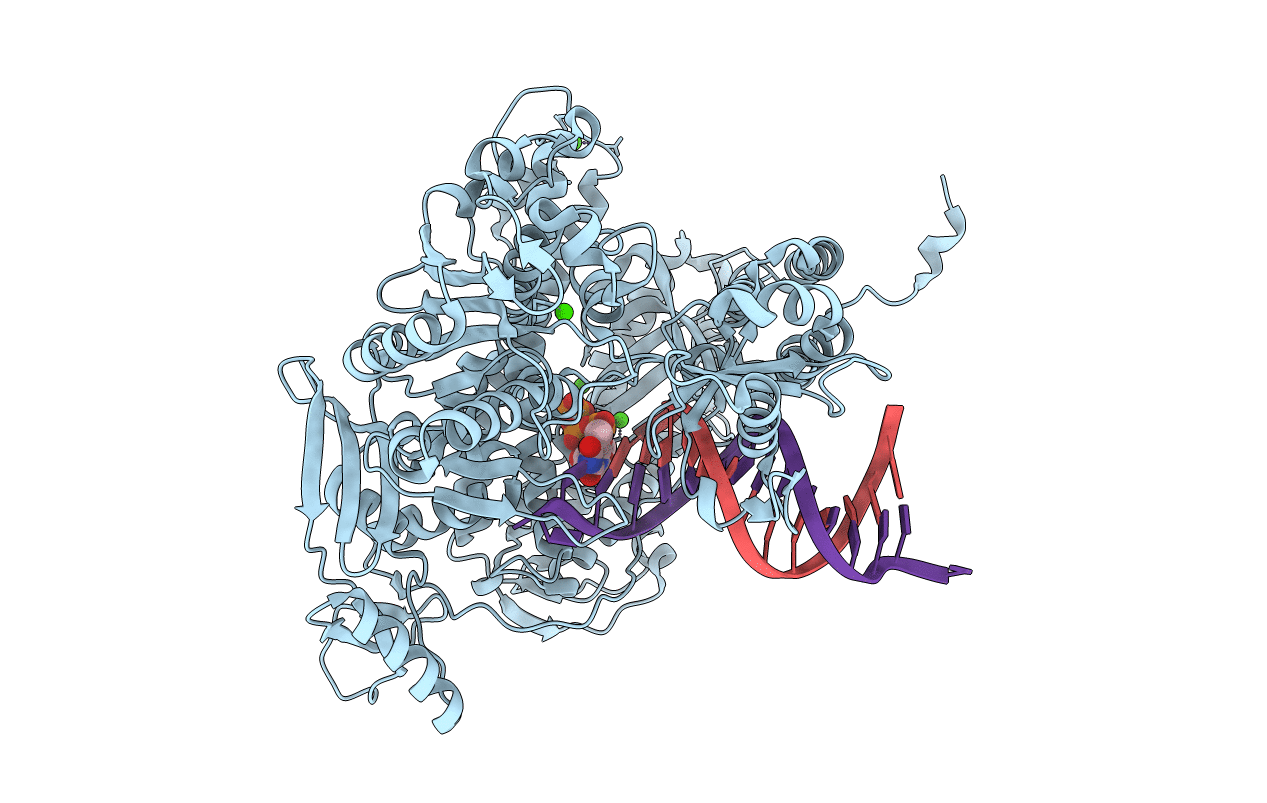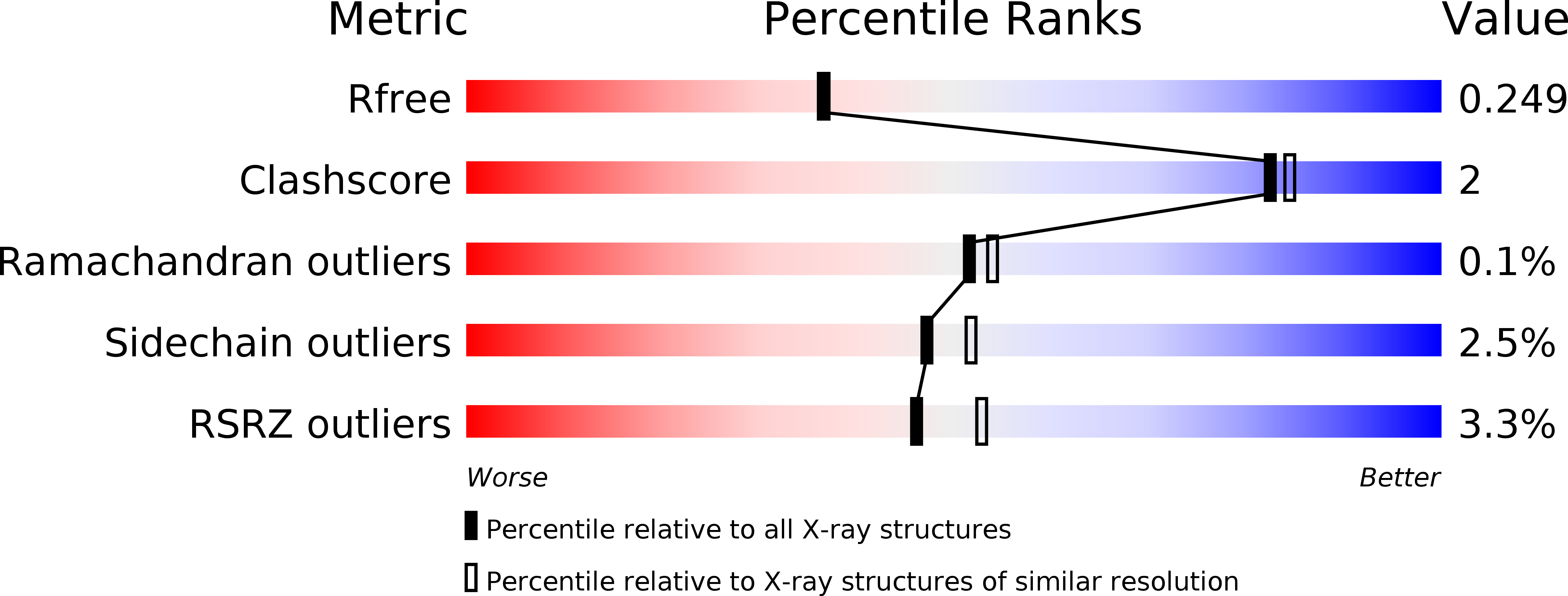
Deposition Date
2011-07-04
Release Date
2011-11-09
Last Version Date
2024-02-28
Entry Detail
PDB ID:
3SQ2
Keywords:
Title:
RB69 DNA Polymerase Ternary Complex with dTTP Opposite 2AP (AT rich sequence)
Biological Source:
Source Organism:
Enterobacteria phage RB69 (Taxon ID: 12353)
Host Organism:
Method Details:
Experimental Method:
Resolution:
2.10 Å
R-Value Free:
0.24
R-Value Work:
0.20
R-Value Observed:
0.20
Space Group:
P 21 21 21


